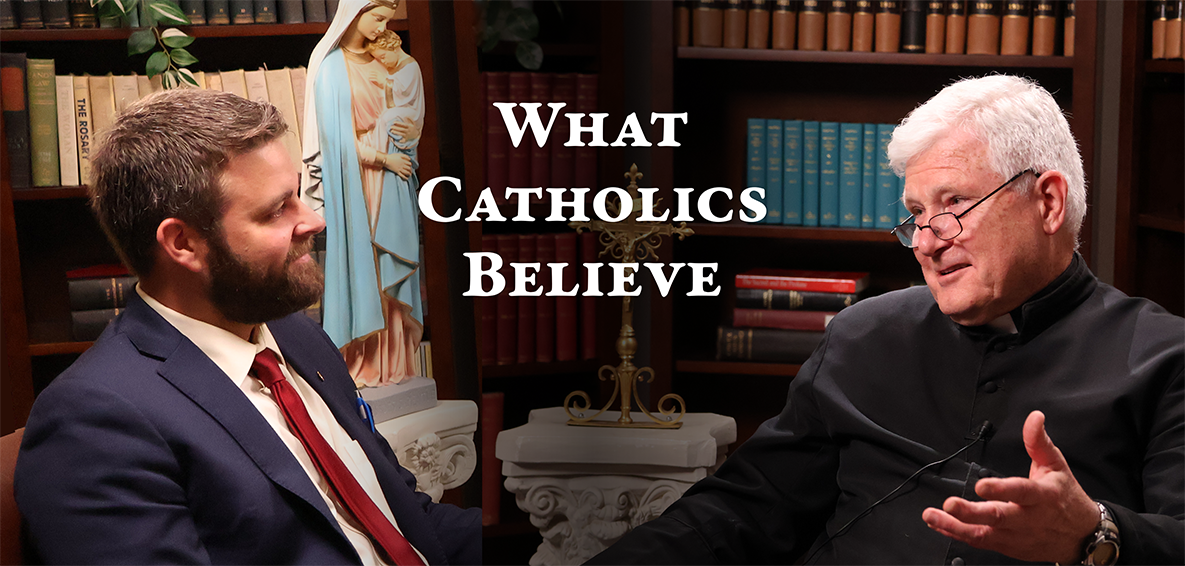Dominica in Albis — "The Lord's Day in White Garments"

In the early days of the Church, moments after the baptismal water is poured, the newly baptized person received a white linen robe, as the priest prayed: "Receive this white garment, which mayest thou bear without stain before the judgment seat of Our Lord Jesus Christ, that thou mayest have eternal life. Amen." The most solemn days for administering the Sacrament of Baptism are the vigils of Easter and Pentecost. In the traditional Roman Rite of Mass, the Sunday after Easter bears the title: Dominica in Albis, literally the Sunday in Whites, referring to the white robes received at Baptism following the blessing of the font during the Easter Vigil ceremonies. The white robe symbolized purity of soul. When Our Lord was transfigured before His Apostles, we read that His garments became "white as snow" [St. Mark 9:2]. The angels who met the women at the opened tomb on Easter Sunday morning were wearing white robes [St. John 20: 12]. At Christ's Ascension into Heaven, two angels in white robes stood with the Apostles: "And while they were beholding Him going up to Heaven, behold two men stood by them in white garments." [Acts of the Apostles I :10]
As the palm branch is, in Sacred Scripture, the sign of victory, so the white robe is the reward of victory. Our Lord says to Saint John early in the Book of the Apocalypse [3:5]: "He that shall overcome, shall thus be clothed in white garments, and I will not blot out his name out of the book of life, and I will confess his name before My Father, and before his angels." The Book of the Apocalypse [7: 9] also gives us a glimpse of Saint John the Evangelist's vision of Heaven: "After this I saw a great multitude, which no man could number, of all nations and tribes and peoples and tongues, standing before the throne, and in the sight of the Lamb, clothed with white robes, and palms in their hands: And they cried with a loud voice, saying: 'Salvation to our God, who sitteth upon the throne, and to the Lamb. "' Saint John then tells us: "And one of the ancients answered, and said to me: 'These that are clothed in white robes, who are they? And whence came they?' And I said to him: 'My Lord, thou knowest. 'And he said to me: 'These are they who have come out of great tribulation, and have washed their robes, and have made them white in the blood of the Lamb."' [Apocalypse 7:13-14]
As an outward, material symbol of inner sanctifying grace, the white robe is a sign of purity of life, a forecast of the Resurrection and a pledge of everlasting life.

